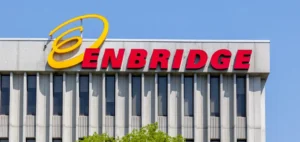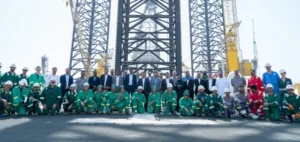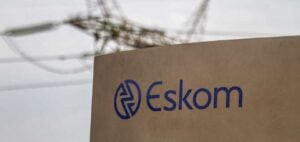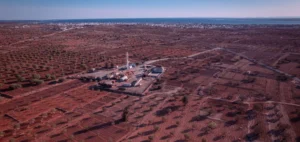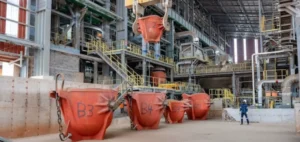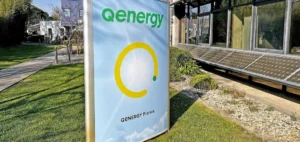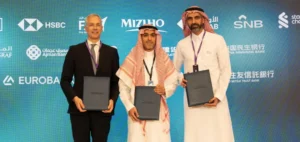Saipem and Subsea7 have reached a definitive merger agreement that will lead to the creation of Saipem7, a new entity with annual revenue of approximately €21bn ($22.9bn), EBITDA exceeding €2bn ($2.2bn), and free cash flow above €800mn ($872mn). This cross-border merger foresees an equal split of capital between the shareholders of both groups.
A global and diversified portfolio
The combined order backlog of Saipem and Subsea7 stands at €43bn ($46.9bn), with no single country accounting for more than 15% of the total, reflecting a balanced geographic distribution. Saipem7 will operate a fleet of over 60 construction vessels, offering solutions ranging from shallow water projects to ultra-deepwater operations. The combined expertise of around 44,000 employees, including more than 9,000 engineers and project managers, will be a key asset to meet the sector’s growing needs.
Financial and organisational synergies
The agreement includes annual synergies of around €300mn ($327mn) from the third year onwards, mainly from fleet optimisation, procurement, and streamlining of commercial tenders. The capital of Saipem7 will be held equally by the current shareholders of Saipem and Subsea7. Following completion, Siem Industries will hold about 11.8% of the capital, Eni 10.6% and CDP Equity 6.4%. Subsea7 shareholders will receive 6.688 Saipem shares for each Subsea7 share held, along with an extraordinary dividend of €450mn ($491mn) prior to the merger’s finalisation.
Governance and transaction timeline
Saipem7’s registered office will remain in Milan, while listing will take place in both Milan and Oslo. The board of directors will be chaired by Kristian Siem and executive management led by Alessandro Puliti, under a governance agreement between Siem Industries, Eni and CDP Equity to ensure balance of powers. Offshore Engineering & Construction activities will be managed by an autonomous entity under the brand Subsea7, a Saipem7 Company, grouping Subsea7’s legacy activities and Saipem’s Asset Based Services.
The merger’s completion remains subject to clearance from competition authorities, shareholder approvals at extraordinary general meetings scheduled for September 2025, and the necessary regulatory authorisations. Subsea7 shareholders voting against the merger will have the option to sell their shares for financial compensation as provided for by Luxembourg law.
Dividend distribution and outlook
Prior to completion, each group will pay cash dividends of $350mn, already approved at their respective general meetings in May 2025. Should the merger not be completed before the publication of 2025 annual results, Saipem and Subsea7 each plan to distribute at least $300mn, subject to certain financial targets.
The agreement includes the introduction of double voting shares (“loyalty shares”) and a policy to distribute at least 40% of free cash flow, after repayment of lease liabilities, to Saipem7 shareholders. Management of both groups confirmed the strategic importance of the merger in view of the increasing size of client projects and the need to combine technical expertise.
Documentation relating to the merger will be accessible on the companies’ websites as well as in the legal registers of the relevant jurisdictions.















